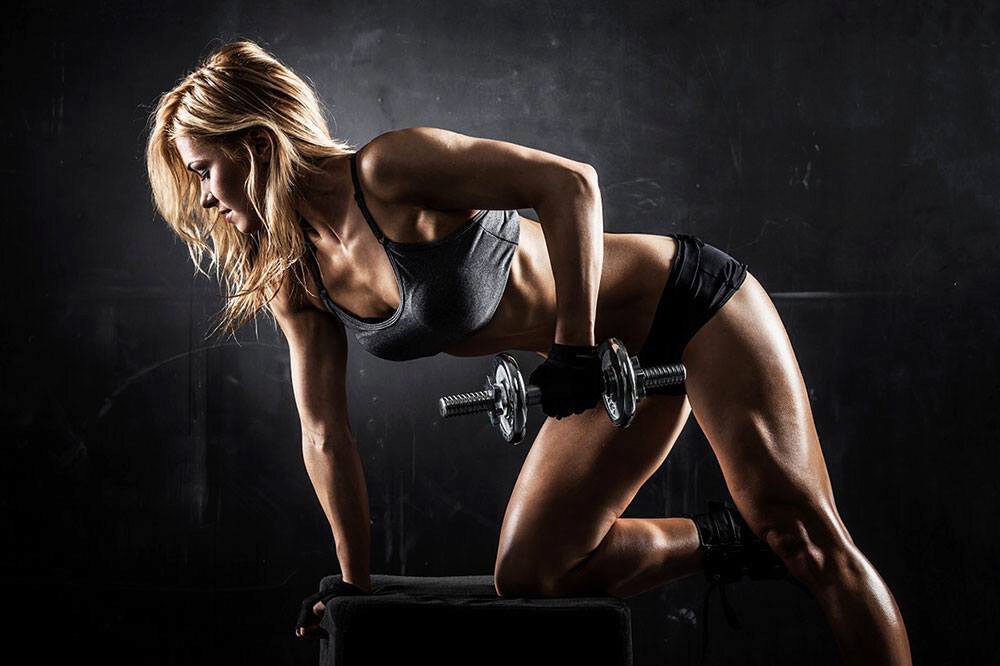
A lot of girls ask me how to pursue a career in fitness modeling and how to get started. Because I get asked this question so often, I thought it would be beneficial to aspiring fitness models to answer some of your questions about how to break into the fitness modeling industry.
The first thing you need you do is figure out what makes you stand out from the crowd, what makes you “special.” It might be your beautiful face and body, maybe you have had three children, and maybe you have an interesting background.
Once you figure out your “product,” you can work out the best way to market it. Many girls get into fitness modeling through competing in fitness/figure/bikini competitions. These types of competitions often have sponsors from the fitness industry at the competitions, which will give you the opportunity to meet with sponsors and become known in the industry.
Another idea is to write fitness articles or try to get sponsored by a business in the fitness industry. Remember that until you generate exposure around your name, you have to be willing to take clothing or products as payment, or work for free. I believe if you are willing to do more than you are paid to do, eventually you will be paid to do more than you do.
There are many different avenues to break into the scene. Keep in mind that while competing is very popular, being in contest shape is very different from having a mainstream marketable body. Make sure you never lose sight of what the market wants to see.
Submit your photos and info to magazines that you like, but don't get upset if you get rejected or don’t get a reply back. There’s a lot of rejection in this industry. Stay focused on your goal; keep sending your photos in. Remember every no, brings you closer to a yes.
Try to work with the best fitness photographers in the industry; they will have the contacts to help you to get your photos published.
Get involved in Internet photo contests and create profiles on modeling and fitness websites. Aspiring fitness models need to be aware of and steer clear of con artists, though. As the saying goes, if something sounds too good to be true, it probably is.
You have to market your package often, be in shape all year round, as you never know when you will be offered a modeling job. Social networking is another great way to market yourself and meet people in the industry.
Another point to remember is that genetics play a crucial role in your successes. The old saying ‘some people got it, some people don’t’ is a harsh but realistic view. And some people are more flexible with their time and freedom. These are the people that you will be up against. The industry is generally not a get rich quick place. It’s born of hard work, dedication, dieting, exercise and sacrifice.
Despite what is often portrayed, fitness modeling isn't always glamorous. It's hard work, and sometimes it takes hours to get one photo, often an entire 12-hour day to get the images needed for a single spread!
Be consistent, committed, motivated, and live the fitness lifestyle. Work hard towards your fitness goals and stay optimistic, because you love what you are doing and eventually it will pay off.























